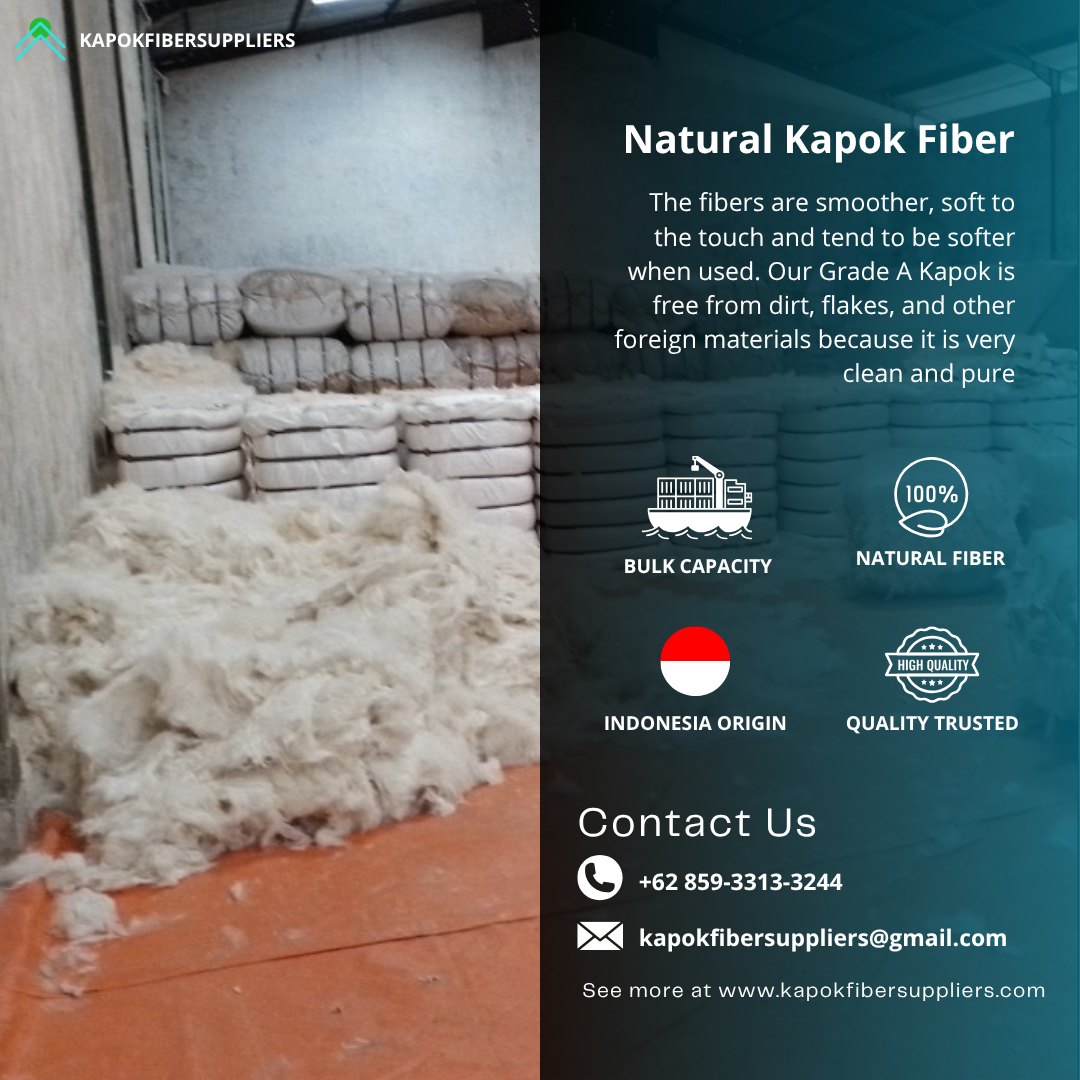
- Why Kapok Fiber?
- PLA (Polylactic Acid): The Perfect Binder
- Manufacturing Process
- Applications in Construction
- Advantages Over Traditional Insulators :
- Future of Kapok-PLA Insulation
- Conclusion
In the search for sustainable insulation materials, researchers are turning to kapok fiber, a lightweight natural material known for its thermal and acoustic properties. When combined with PLA (Polylactic Acid), kapok forms durable and biodegradable boards, ideal for eco-friendly construction. This article discusses the benefits, production, and applications of kapok-PLA boards for superior insulation.
Why Kapok Fiber?
Kapok fiber, harvested from the Ceiba pentandra tree, is:
- Lightweight (8x lighter than cotton).
- Hydrophobic (resists moisture).
- Thermally insulating (low thermal conductivity).
- Biodegradable & renewable.
Unlike synthetic insulators (e.g., fiberglass), kapok is non-toxic and requires minimal energy to process.
PLA (Polylactic Acid): The Perfect Binder
PLA, a bioplastic derived from cornstarch or sugarcane, enhances kapok’s strength. Benefits include:
- Biodegradability (compostable under industrial conditions).
- Low carbon footprint.
- Excellent bonding with natural fibers.
Manufacturing Process
- Fiber Preparation – Kapok fibers are cleaned and dried.
- PLA Mixing – Fibers are blended with PLA resin.
- Hot Pressing – The mixture is compressed under heat to form boards.
- Cooling & Finishing – Boards are trimmed and tested for durability.
Applications in Construction
Wall & Roof Insulation – Reduces energy costs by 30%.
Eco-Friendly Packaging – Replaces polystyrene foam.
Soundproofing Panels – Ideal for studios and offices.
Advantages Over Traditional Insulators :
| Feature | Kapok-PLA Board | Fiberglass | Polyurethane Foam |
| Eco-Friendly | Yes | No | No |
| Weight | Ultra-light | Heavy | Moderate |
| Thermal Insulation | Excellent | Good | Good |
| Biodegradable | Yes | No | No |
Future of Kapok-PLA Insulation
With the increasing global demand for sustainable construction, kapok PLA insulation boards are positioned to become a key player in green building innovation. As carbon regulations tighten, this material offers a scalable and carbon-neutral alternative to petroleum based insulators.
Conclusion
Kapok PLA insulation boards combine natural strength, sustainability, and efficiency, making them a smart choice for environmentally conscious builders. As the industry shifts toward biodegradable materials, kapok fiber stands out as a simple yet powerful alternative to synthetic insulators. The shift toward natural fiber based insulation is no longer just an option it’s a crucial step toward sustainable living.
